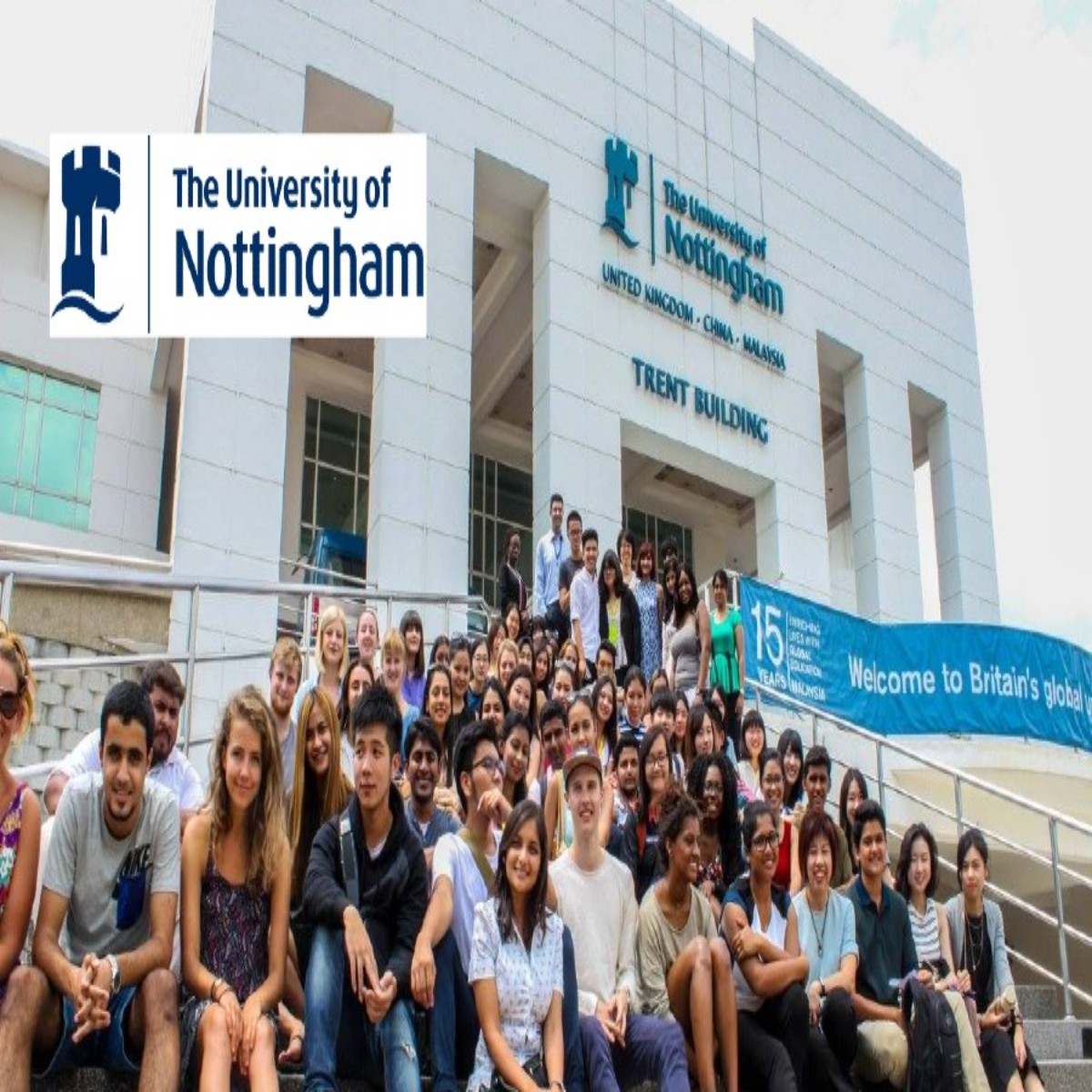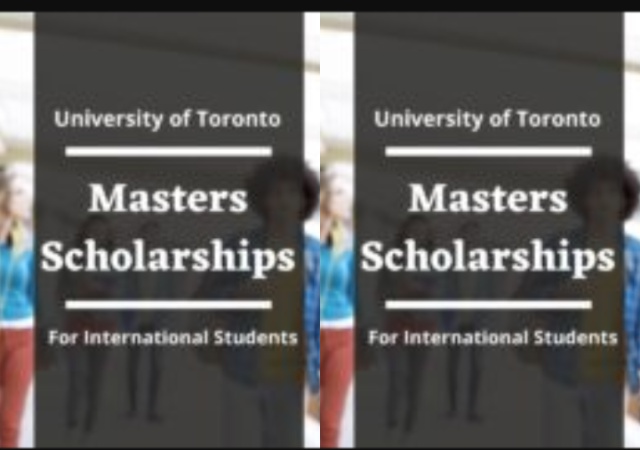
From 2024 to 2025, Canada to welcome approximately 1.3 million new residents, and your path to permanent residency begins right here. Let us ease your Canadian trip by providing numerous routes and unwavering assistance!
Canada, with its vast landscapes, lively cities, and blooming multiculturalism, has emerged as a beacon for individuals seeking a new beginning. Whether you’re a seasoned professional, an ambitious entrepreneur, or a family looking for a better future, the Great White North provides unlimited possibility.
However, mastering the complexities of Canadian immigration may seem intimidating. Don’t worry, intrepid wanderer; this thorough book will serve as your compass, giving you with the knowledge and tools you need to effectively explore Maple Leaf country.
Easy ways to Understanding Canadian Immigration Pathways:
1. you can Immigrate To Canada Through Express Entry
The Canada Express Entry system, which was implemented by the Canadian government in January 2015, is a points-based immigration system designed to quickly manage the selection of qualified workers. This system draws people who have the talents, education, job experience, and language fluency required to help Canada’s economy flourish.
All you need to know about Express Entry System:
Eligibility Criteria:
To qualify for the Express Entry system, candidates typically fall under one of the three federal economic immigration programs: the Federal Skilled Worker Program (FSWP), the Federal Skilled Trades Program (FSTP), or the Canadian Experience Class (CEC).
Eligibility is determined based on factors such as age, education, work experience, language proficiency, and adaptability.
Express Entry Profile Creation:
Candidates kickstart the process by creating an online profile on the Immigration, Refugees and Citizenship Canada (IRCC) website. The profile includes details about their education, work experience, language proficiency, and other pertinent information.
Comprehensive Ranking System (CRS):
Each candidate receives a score through the Comprehensive Ranking System (CRS), considering factors like age, education, work experience, language proficiency in English and/or French, and additional elements such as a job offer or provincial nomination.
2. Express Entry Draws:
Periodically, the Canadian government conducts Express Entry draws, inviting candidates with the highest CRS scores to apply for permanent residence. The required CRS score for an Invitation to Apply (ITA) varies with each draw and is influenced by factors like available spots and the overall candidate pool.
Invitation to Apply (ITA):
Candidates receiving an ITA have a limited time frame (usually 60 days) to submit a complete application for permanent residence, including supporting documents to validate the information provided in their Express Entry profile.
Permanent Residence Application:
Successful candidates with complete applications undergo a thorough review by immigration officials, including background checks, document verification, and medical examinations.
Points Allocation and Tie-Breaker Rule:
In case of tied CRS scores, the tie-breaker rule is applied, giving preference to the candidate with a higher score in a specific factor (usually the date and time of submission of the Express Entry profile).
Processing Time:
The Express Entry system aims for swift processing, with most applications processed within six months, as of my last knowledge update in January 2022.
Post-Invitation Steps:
After obtaining permanent residence, candidates are free to settle in any Canadian province or territory, enjoying the same rights and responsibilities as Canadian citizens, including access to healthcare and social benefits.
Stay Informed:
It is critical to understand that the Express Entry system is dynamic, and the points necessary for an ITA may alter with each draw. Keeping up with the latest information from the official IRCC website is vital for anyone seeking immigration through the Express Entry system.
2. Explore Canadian Immigration through Provincial Nominee Programs (PNP)
The Provincial Nominee Program (PNP) route is gaining popularity as an increasingly favored avenue for immigration to Canada. Provinces like Alberta, Ontario, British Columbia, and others have established their unique immigration programs, often streamlining the process for applicants.
However, individuals opting for the PNP category are typically required to reside in specific provinces upon their arrival in Canada. Additionally, a significant number of PNPs necessitate a job offer from a Canadian employer as a qualifying criterion.
Discover a Range of Provincial Nominee Programs:
– Alberta Immigrant Nominee Program (AINP)
– British Columbia Provincial Nominee Program (BC PNP)
– Manitoba Provincial Nominee Program (MPNP)
– New Brunswick Provincial Nominee Program (NW PNP)
– Newfoundland & Labrador Provincial Nominee Program (NL PNP)
– Northwest Territories Nominee Program (NTNP)
– Nova Scotia Provincial Nominee Program (NS PNP)
– Ontario Provincial Nominee Program (OINP)
– Prince Edward Island Provincial Nominee Program (PEI PNP)
– Saskatchewan Provincial Nominee Program (SINP)
– Yukon Nominee Program (YNP)
Processing fees for immigrating to Canada through the Provincial Nominee Program (PNP) generally align with those of the Express Entry. While some provinces may not levy fees for PNP applications, others, like Ontario, may charge up to CAD1,500.00.
3. Immigrate to Canada with a Job Offer
Embarking on the journey to Canada with a job offer can prove to be a fulfilling process, as securing employment in the country often eases the transition and significantly bolsters your immigration application.
It’s crucial to note that a job offer is deemed invalid if your employer is associated with an embassy, high commission, or consulate in Canada or is listed among ineligible employers. Additionally, in most instances, a legitimate job offer requires the backing of a Labor Market Impact Assessment (LMIA).
Key Elements of a Job Offer
A valid job offer should encompass the following details:
– Job responsibilities
– Salary and benefits
– Employment terms
– Reporting manager’s name and title
Job Offer Requirements
Your job offer must:
– Be recent, typically less than one year old
– Be in writing
– Not originate from an embassy, high commission, or consulate in Canada
– Clearly outline the specifics of the offered position, including pay, deductions, job duties, and employment conditions such as work hours.
The job offer letter serves as a guide, providing information on your work schedule, start date, and other critical details. When creating your Express Entry profile, remember to input the LMIA number to demonstrate your job offer. Safeguard the original document, as you may need to present it in case you receive an invitation to apply (ITA).
4. Immigrate to Canada Through Family Sponsorship
Navigating the path to Canada via Family Sponsorship involves Canadian citizens or permanent residents sponsoring close family members to attain permanent residency in the country.
This program is crafted to reunite families, granting eligible sponsors the opportunity to bring their loved ones to reside with them in Canada.
Follow this step-by-step guide through the Family Sponsorship process:
Eligibility as a Sponsor:
To be eligible to sponsor a family member, you must be a Canadian citizen or a permanent resident living in Canada.
You must be at least 18 years old.
You should not be receiving social assistance (unless for a disability), and you should not be in default of previous sponsorship undertakings or immigration loans.
Eligibility of Sponsored Family Member:
The family members you can sponsor include a spouse or common-law partner, dependent children, parents, and grandparents.
The sponsored family member must meet certain eligibility criteria, including health and security checks.
Submit a Sponsorship Application:
Complete the appropriate sponsorship application package available on the Immigration, Refugees and Citizenship Canada (IRCC) website.
Include all required supporting documents, such as proof of relationship, identity documents, and financial information.
Undertaking and Financial Support:
As a sponsor, you must sign an undertaking, which is a commitment to provide financial support to your sponsored family members for a specific period.
This financial support includes basic needs such as food, clothing, shelter, and healthcare.
Application Processing:
Once the sponsorship application is submitted, it will be processed by the appropriate Canadian immigration office.
The sponsored family member may also need to submit a separate permanent residence application.
Medical and Security Checks:
Both the sponsor and the sponsored family member will undergo medical examinations and security checks as part of the application process.
Approval and Issuance of Permanent Residence:
If the sponsorship application is approved, the sponsored family member will be issued permanent resident status in Canada.
This status allows them to live, work, and study anywhere in Canada.
Settling in Canada:
Upon arrival, the sponsored family member should take steps to settle in Canada, including obtaining a Social Insurance Number (SIN), accessing healthcare services, and exploring employment and educational opportunities.
Sponsorship Undertaking Period:
The sponsor is obligated to fulfill the terms of the undertaking, including providing financial support for the agreed-upon period.
It’s crucial to note that the Family Sponsorship process may vary based on the specific family relationship and the location of the sponsored family member. Consulting the official IRCC website or seeking guidance from immigration professionals is advisable for the latest information and guidance.
5. Immigrate to Canada Through Study
Opting for immigration through studying is a widely embraced route, providing international students with the opportunity to pursue education in Canada and, potentially, transition to permanent residency upon completing their studies. Gear up, aspiring Canadians, as we delve into this educational journey towards proudly becoming a citizen!
The Advantages of Studying in Canada:
Top-notch education: Canada boasts world-renowned universities and colleges, offering diverse programs across various fields. Think cutting-edge research, renowned faculty, and a focus on practical skills – a recipe for academic success!
Work while you learn: Student visas often allow you to gain valuable Canadian work experience, boosting your employability and potentially setting you up for post-graduation job opportunities.
Pathway to Permanent Residence: Several immigration programs prioritize international students who graduate from Canadian institutions. Programs like the Post-Graduation Work Permit Program (PGWP) can bridge the gap to permanent residency.
Multicultural Mosaic: Canada embraces diversity, creating a welcoming environment for students from all over the world. Get ready to broaden your horizons and build lifelong friendships in a truly inclusive society.








